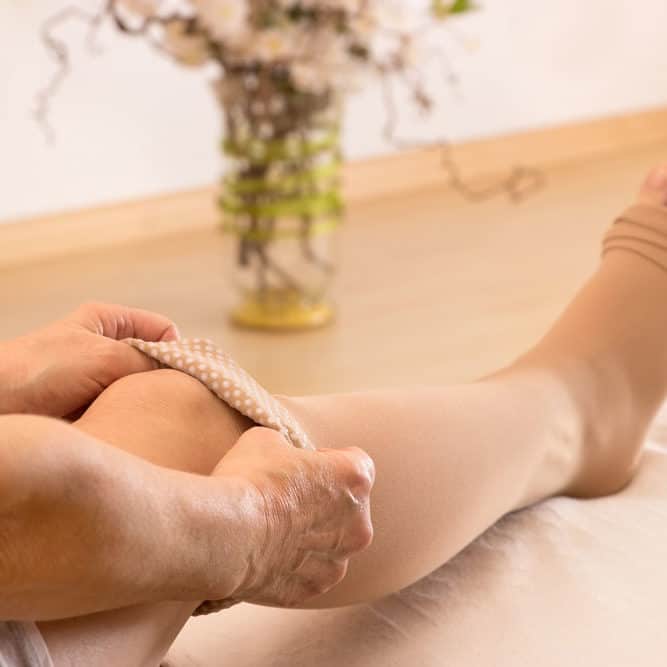Lymphedema

What is the lymphatic system?
Lymph is a transparent liquid that originates within the body and typically returns to the bloodstream via an intricate network of vessels and nodes known as the lymphatic system. This system significantly contributes to the body’s immune response against infections.
What causes Lymphedema?
When the pathways responsible for draining lymphatic fluid are impaired or obstructed, fluid builds up in the tissues and causes swelling. Lymphoedema, unlike other types of edema, brings about tissue alterations like fibrosis and heightened susceptibility to infection. Consequently, managing the swelling becomes increasingly challenging in such cases.
There are two types of lymphedema: primary and secondary.
Primary lymphedema occurs due to abnormal development of the lymph system, and symptoms may manifest at birth or later in life.
Secondary lymphedema is caused by damage to the lymph system and can be attributed to various factors, including:
- Cancer surgery, where lymph nodes are removed to prevent the spread of cancer, which may affect the lymphatic system and lead to lymphedema.
- Radiation therapy, which can damage nearby healthy tissue, including the lymphatic system, resulting in lymphedema.
- Infections like severe cellulitis, which can damage tissue around lymph nodes or vessels, increasing the risk of lymphedema. Certain parasitic infections can also heighten the risk.
- Inflammatory conditions that cause tissue inflammation, such as rheumatoid arthritis, dermatitis, and eczema, may permanently damage the lymphatic system.
- Cardiovascular diseases that impact blood flow, like deep vein thrombosis (DVT), venous leg ulcers, and varicose veins, can increase the likelihood of developing lymphedema.
- Injury and trauma, including severe skin burns or extensive scarring, can rarely elevate the risk of developing lymphedema.
Possible signs of Lymphedema
Other conditions may cause the same symptoms. A doctor should be consulted if any of the following problems occur:
- A full or heavy feeling in an arm or leg.
- A tight feeling in the skin.
- Trouble moving a joint in the arm or leg.
- Thickening of the skin, with or without skin changes such as blisters or warts.
- A feeling of tightness when wearing clothing, shoes, bracelets, watches, or rings.
- Itching of the legs or toes.
- A burning feeling in the legs.
- Swelling of an arm or leg, which may include fingers and toes.
- Trouble sleeping.
- Daily activities and the ability to work or enjoy hobbies may be affected by lymphedema.
- These symptoms may occur very slowly over time or more quickly if there is an infection or injury to the arm or leg.
How to treat lymphedema
The objective of lymphedema treatment is to manage swelling and associated issues. As the lymph system cannot be repaired, treatment focuses on controlling swelling and preventing further complications. Standard treatment involves physical therapies, often combining multiple methods, to improve daily functioning, reduce pain, and enhance mobility and limb usage in lymphedema-affected limbs.
Complex decongestive therapy, performed by a qualified lymphedema therapist, is the primary treatment approach. This therapy employs manual lymphatic drainage, massage, and exercise to improve lymphedema. Swelling reduction is further supported and maintained through the use of compression garments, multilayer bandaging, or pneumatic pumps.
Key treatment options for lymphedema include:
- Pressure garments
- Massage therapy
- Exercise
- Multilayer bandaging for swelling reduction
- Laser therapy
- Compression devices
- Proper skin care.




